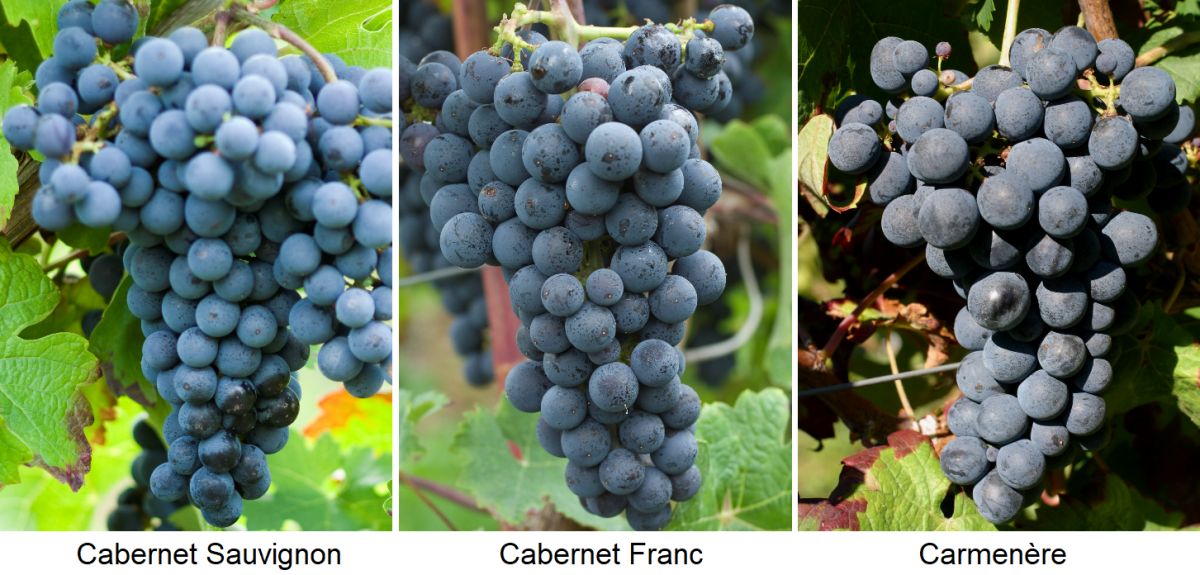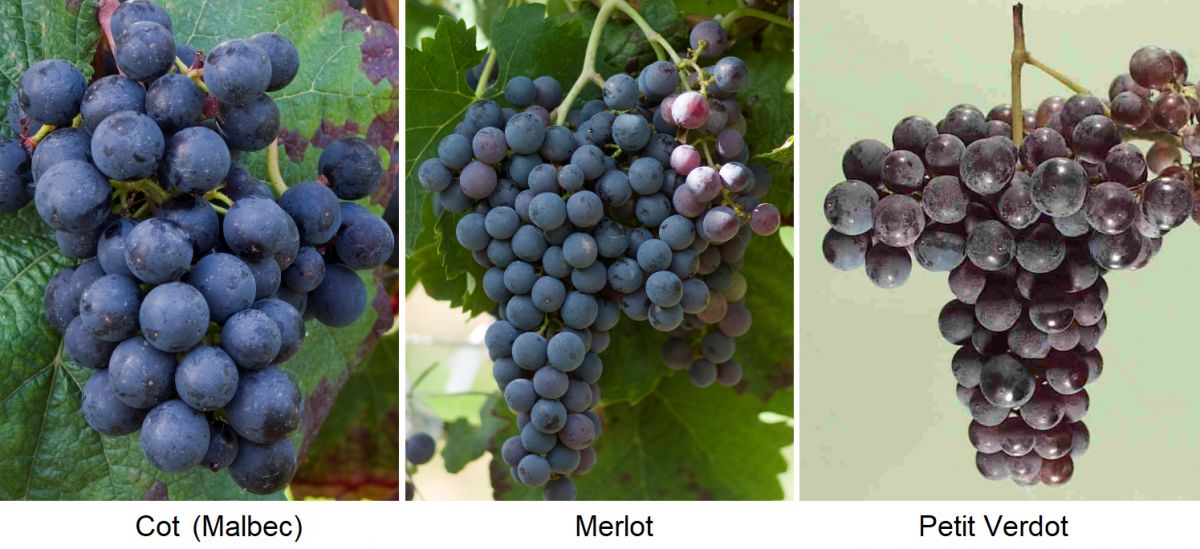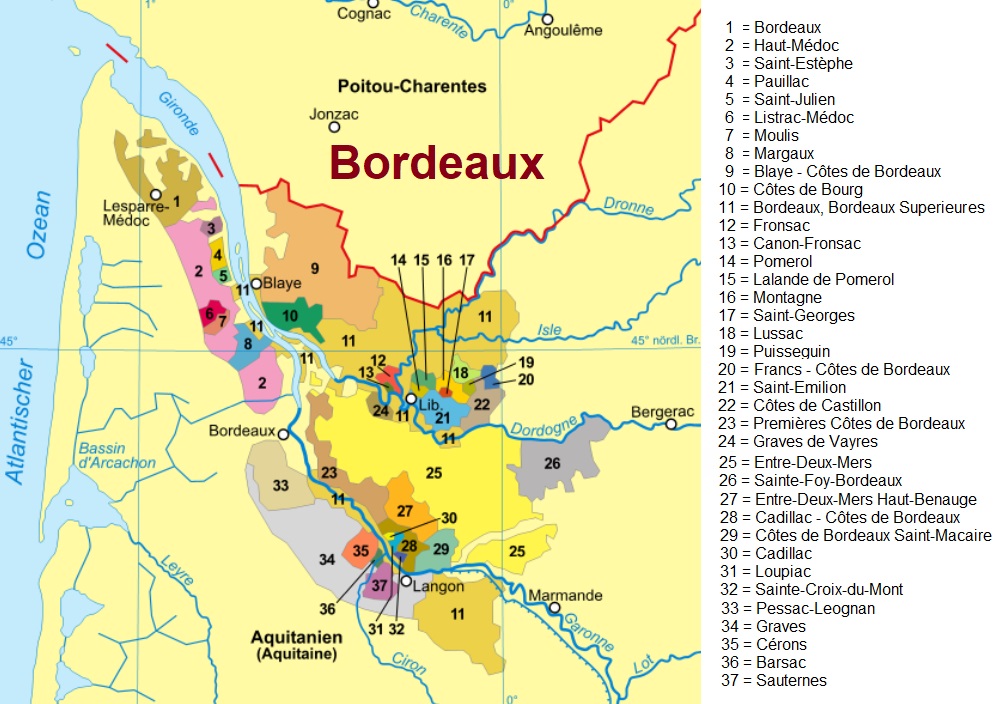Term for the typical blend ratio of grape varieties in the French region of Bordeaux. The term is not entirely unambiguous, however, because the actual cuvée varies from area to area and is also based on the stocking in the individual châteaux. This means that what grows on the vineyard is used. The most important red wine varieties are Merlot (40% of the total Bordeaux vineyard area), Cabernet Franc (20%) Cabernet Sauvignon (20%), Carmenère, Cot and Petit Verdot, the most important white wine varieties are Sémillon (50% of the white), Muscadelle and Sauvignon Blanc. However, the actual blend ratio varies from vintage to vintage, so the figures should only be taken as an average. This also depends on many factors such as soil type, yield, ripeness, sugar content, desired taste, desired ageing with respect to shelf life, etc. Grape varieties with only small percentages are often omitted.

First wine and second wine
The final cuvée is decided year after year by the maître de chai (cellar master) often only in spring after tasting the wines. By then, the young wines have already undergone malolactic fermentation (biological acid reduction). At this time, it is also decided which tranches will go into the Grand Vin (first wine, only this may bear the Château name) and which into the second wine. This process, also called assemblage or marriage, is one of the most important activities in the winery and requires a great deal of experience. The quantities of grape varieties given for the individual châteaux or wines are therefore only to be understood as a guideline and can vary considerably from year to year. For red wines, there is a rough typicity depending on whether the wine is produced "on the left" or "on the right" of the Gironde.

Rive gauche - left bank
On the Rive gauche (left bank = left of the Garonne River and the Gironde estuary), Cabernet Sauvignon (65-70%) usually predominates as the dominant variety, supplemented by Cabernet Franc (15%) and Merlot (15%), as well as possibly small portions of Cot (1-5%) and Petit Verdot (1-5%). An absolute exception is the red wine of the famous Premier Cru Classé Château Mouton-Rothschild with 90% or more of Cabernet Sauvignon.
Rive droite - right bank
On the Rive dro ite (right bank = to the right of the Dordogne River and the Gironde estuary), on the other hand, Merlot (60%) usually predominates as the dominant variety, supplemented by Cabernet Franc (30%) and Cabernet Sauvignon (10%). An outlier here is the famous red wine of Château Pétrus, which is made almost entirely from Merlot.

Vinification
For white wines in the Entre-deux-Mers and Sauternes areas, the classic recipe for noble sweet wines is Sémillon (75-80%), Sauvignon Blanc (20%) and Muscadelle (5%). For dry white wines, there is no generally valid recipe, but varietal wines are generally only made from Sauvignon Blanc. As is usually the case in France, the grape varieties used are not listed on a Bordeaux label. The only exception is actually Alsace. According to the basic French understanding, it is not the grape varieties or their blending ratio that are (solely) responsible for the special character of a wine, but primarily the typical terroir of an area. This gives Bordeaux wines their own unique style. Barrique age ing is also typical. Together with the typical blend of grape varieties, this results in the "Bordeaux style", which is imitated particularly in California and also in Australia and South American countries. Another typical blend of grape varieties in France is called the Rhône recipe.

Grape varieties: Ursula Brühl, Doris Schneider, Julius Kühn-Institut (JKI)
Map: By Domenico-de-ga from Wikipedia, CC BY-SA 3.0, link
Modifications from the original by Norbert Tischelmayer 2017
Voices of our members

The glossary is a monumental achievement and one of the most important contributions to wine knowledge. Of all the encyclopaedias I use on the subject of wine, it is by far the most important. That was the case ten years ago and it hasn't changed since.
Andreas Essl
Autor, Modena